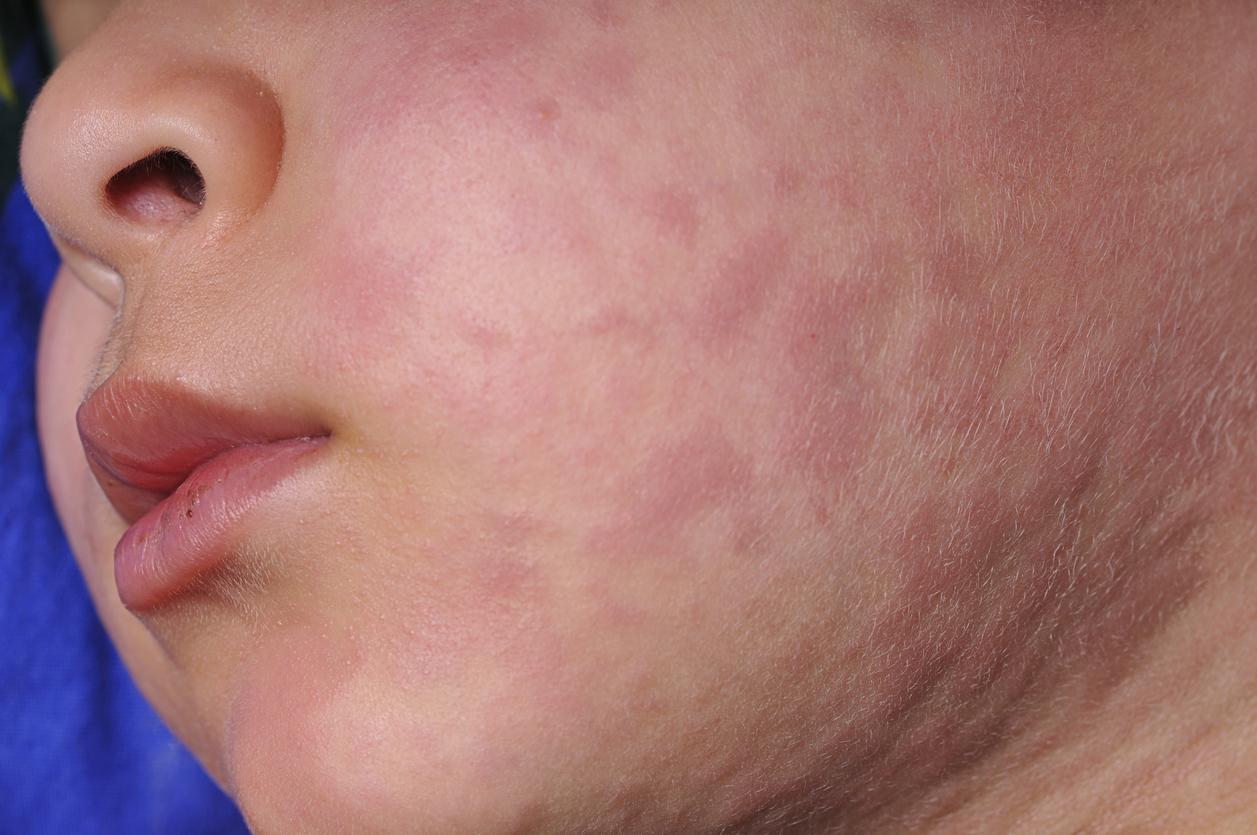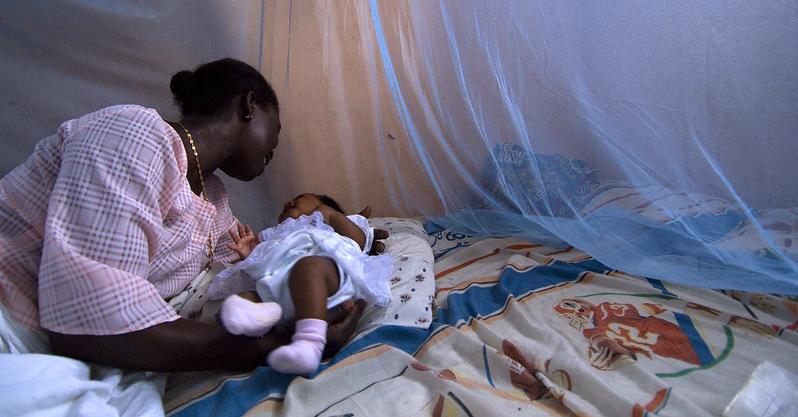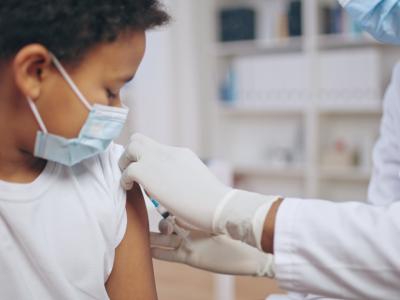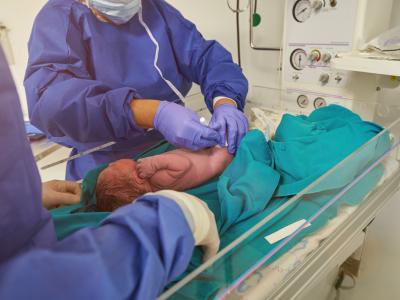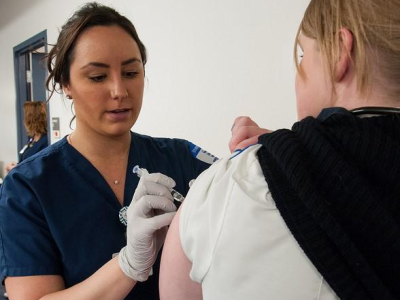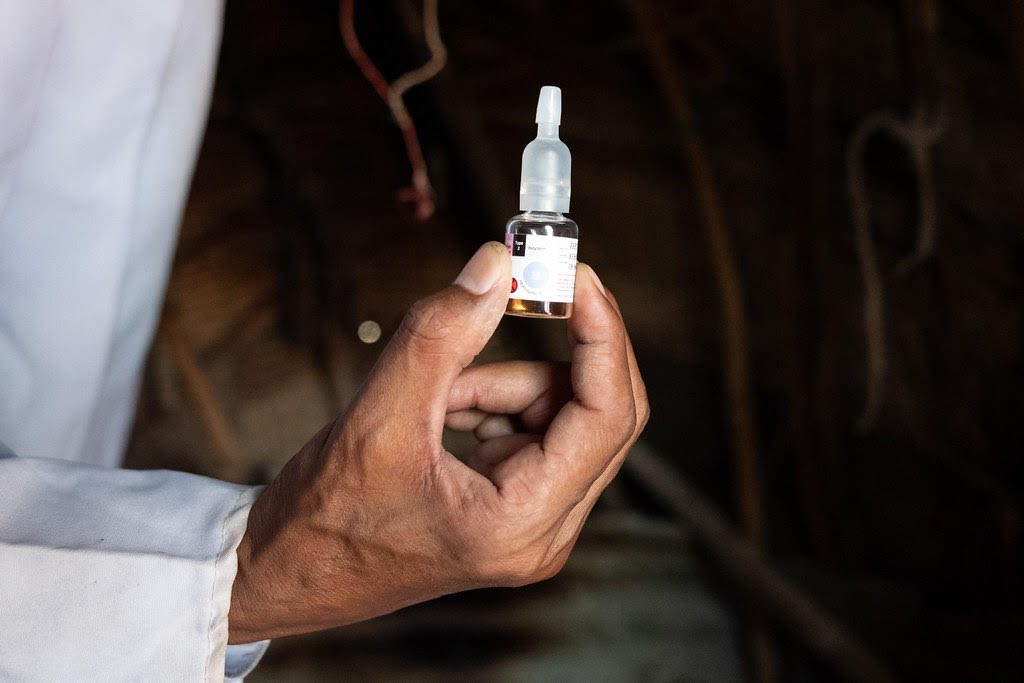
Results of a phase 1 randomized controlled trial show that the novel live attenuated type 1 and 3 oral polio vaccines (nOPV1 and nOPV3) have a favorable safety profile and produce a comparable immune response and viral-shedding profile as the homotypic monovalent (single-strain) Sabin-strain oral vaccines (mOPVs).
For the study, published yesterday in The Lancet Infectious Diseases, a team led by PATH and including vaccine maker PT Bio Farma block-randomized 205 adults at four US centers, stratified by site and polio vaccination history (inactivated poliovirus vaccine [IPV] only or regimens including OPV) from May 2021 to February 2023.
Participants were randomly assigned to receive at least one dose of nOPV or mOPV. IPV participants received one dose of nOPV1 or mOPV1 (cohort 1) or nOPV3 or mOPV3 (cohort 3), and OPV participants received two doses of nOPV1 or mOPV1 (cohort 2) or nOPV3 or mOPV3 (cohort 4) 28 days apart.
To reduce the seeding of type 2 circulating Sabin-strain circulating vaccine-derived polioviruses (VDPVs), a more genetically stable novel type 2 oral poliovirus vaccine (nOPV2) was deployed in 2021, with surveillance data showing promising safety and efficacy.
Most adverse events mild
Most adverse events were mild, severe events were rare, and solicited events were distributed evenly across groups. Three severe unsolicited adverse events were reported in one mOPV1 and two nOPV1 recipients.
The safety and immunogenicity evidence generated for nOPV1 and nOPV3 in this phase 1 clinical study were sufficient to justify the now ongoing phase 2 studies in geographically relevant target populations of previously vaccinated children and infants, as well as vaccine-naive neonates.
Homotypic seroprotection was 100% 28 days after the first dose, similar to that of nOPV (86% to 100%) and mPOV (86% to 93%). Fecal viral-shedding rates were comparable among nOPV and mOPV participants.
nOPVs can support the Global Polio Eradication Initiative's Polio Endgame Strategy by providing vaccines less likely to be tied to vaccine-associated paralytic polio and seeding of new circulating VDPVs, the researchers said.
"The safety and immunogenicity evidence generated for nOPV1 and nOPV3 in this phase 1 clinical study were sufficient to justify the now ongoing phase 2 studies in geographically relevant target populations of previously vaccinated children and infants, as well as vaccine-naive neonates," they wrote.
